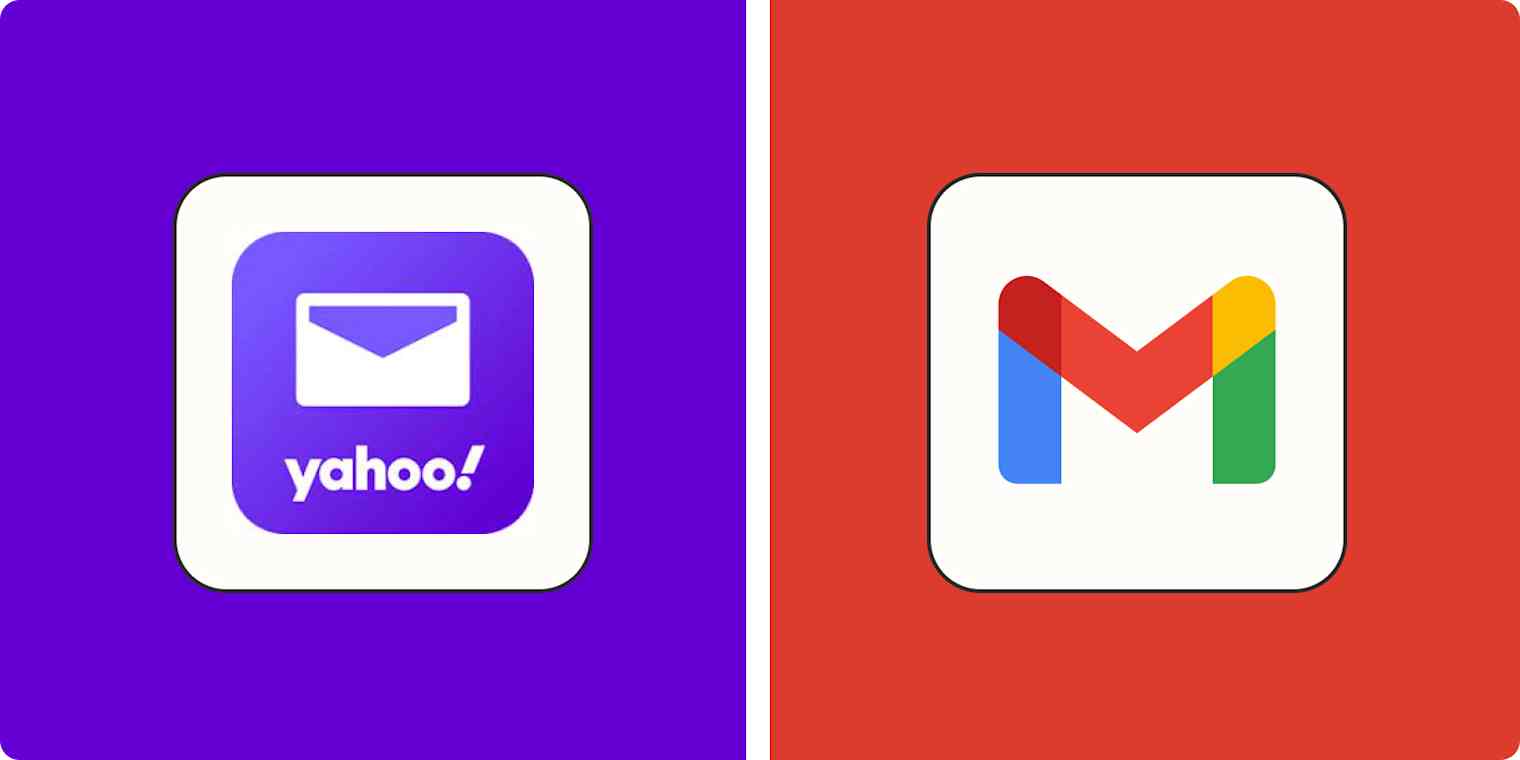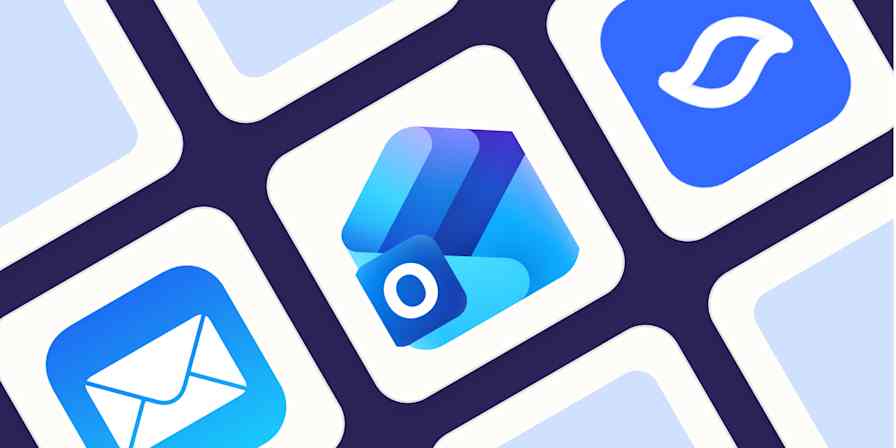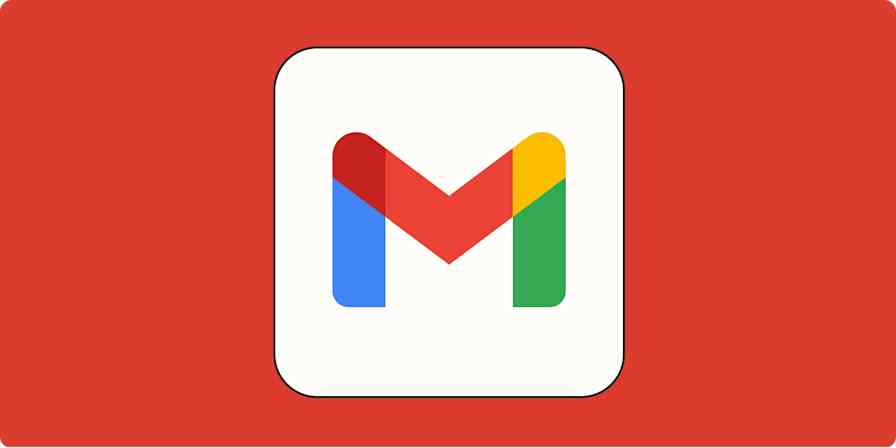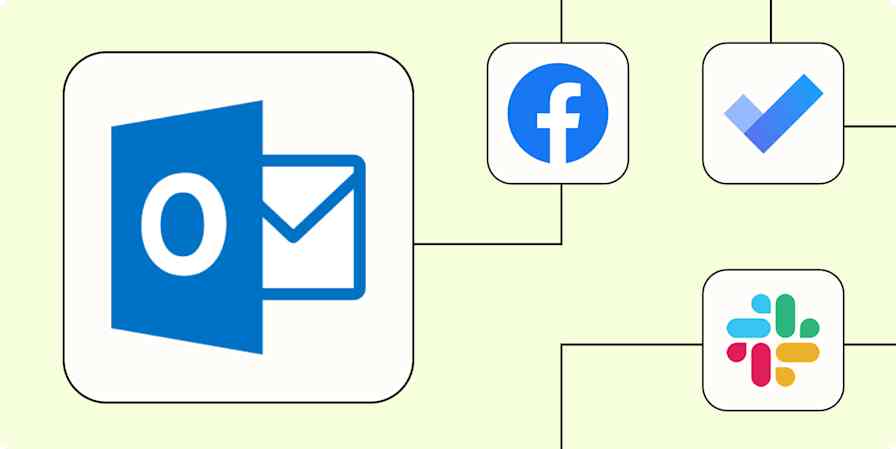Gmail and Yahoo Mail (a.k.a. Yahoo! Mail a.k.a. Ymail) are two of the biggest email providers. While the stats are hard to verify and seldom updated, Google's Gmail is reportedly responsible for over a third of opened emails and has 1.8 billion active users, while the partially Verizon-owned Yahoo Mail—despite launching in 1997—apparently has around 225 million active users per month. Whatever way you slice it, they both serve huge numbers of people. But what about you? If you're setting up a new email account in 2025, which one should you choose?
I've been writing about email and other technology for almost two decades. I have more email accounts than I can count and have to regularly test and try out all the different services to keep on top of things professionally. I even set up a new Yahoo Mail account for this article to see how the initial setup had changed, since I'd mostly used my old @ymail.com account for Flickr (which used to be run by Yahoo).
After spending time comparing apples to apples, here's how the Yahoo versus Gmail showdown looks.
Ymail vs. Yahoo Mail
Before diving in, let's clear one thing up: Yahoo Mail isn't called Ymail. Some older email addresses used @ymail.com, and ymail.com still opens Yahoo Mail, but the company has moved away from the branding. Now, it's all about Yahoo Mail, and if you set up a new email account with Yahoo, you'll get an @yahoo.com email address.
To clear two things up: it really is just Gmail, not Google Mail.
Gmail vs. Yahoo at a glance
Whether you go for Gmail or Yahoo, you'll get some pros and cons. Check out the table below for a quick comparison, or read on to get into the details.
Gmail | Yahoo Mail | |
|---|---|---|
Overall email experience | ⭐⭐⭐⭐⭐ The gold standard since it launched in 2004 | ⭐⭐ A passable email service let down by intrusive ads, a lack of some modern features, and slow updates |
Free storage | ⭐⭐ 15 GB across Gmail, Google Docs, Google Drive, and Google Photos just isn't a lot | ⭐⭐⭐⭐⭐ 1 TB is, frankly, total overkill for a basic email service |
App ecosystem | ⭐⭐⭐⭐⭐ You get a lot of world-class apps with a Gmail account, including Google Docs, Google Calendar, and Google Drive | ⭐⭐ Yahoo's apps aren't unusable; they just aren't very good |
One last note before diving in: any conversation about email gets complicated because there are two sides of it:
Email services do the sending and receiving of email behind the scenes.
Email clients are the apps you use to send and read your email.
Both Gmail and Yahoo Mail are email services that also have email clients. But you can use any other email app you want—Outlook, Apple Mail, you name it—to check your Yahoo Mail or Gmail email.
If you really want, you could even use the Gmail client to check your Yahoo Mail account or the Yahoo Mail client to check your Gmail account (don't do that). For the purposes of this comparison, I'm assuming that you'll use both the relevant email service and its client app (or at least a third-party app that you love). It's the simplest way to get the best email experience where everything works smoothly, rather than battling your way through.
Both Gmail and Yahoo handle the basics of sending emails
For better or worse, most email apps are pretty similar. They allow you to send and receive emails, do their best to filter out spam, and generally fade into the background. When things are working well, you really shouldn't notice whether you're using Gmail or Yahoo Mail—you should just be sending and checking your email.
Both Gmail and Yahoo Mail nail the basics. Despite being 20 and 27 years old, respectively, they've kept with the times and still feel like modern email clients. The web apps are fast and easy to use, the mobile apps work well on both iOS and Android, and they each have some neat extra features—like automatically sorting your emails into categories or making it easy to unsubscribe from marketing emails.
Gmail wins on the feature-front with things like scheduled sending, confidential messages, and smart replies—though if you only want a basic email app, you can easily ignore them all. Certainly, if you're one of the 200-odd million people who rely on Yahoo Mail every month, you aren't going to get a radically different email experience by switching to Gmail, but you will probably find some of the extra features useful.
Both apps have fairly obvious ads. Gmail's ads are no longer as simple and minimalist as they once were, but they've only ever appeared in my Social and Promotions inboxes, not my Primary one.

In the past, Yahoo Mail's ads were objectively obnoxious. There was a banner ad and a full sidebar ad in the inbox, and a sidebar ad when reading an email. This time, at least on the web, there were just the banner ads, but the sidebar now sits empty unless you select contacts or calendar.

While an improvement, it's weird to see so much empty space by default—and Yahoo's own help docs suggest you'll still encounter ads in the sidebar from time to time, as well as occasional video ads in empty folders. And the mobile app still has ugly ads that took up almost half the screen on my iPhone Pro Max. If you care about these things, Yahoo Mail has the potential to be pretty off-putting.
Gmail offers more extras and integrations, including all the other Google apps
Email services rarely stand on their own. They're just one part of ecosystems that include calendars, contact management, notes and documents apps, storage, and lots more. And this is where Gmail really stands out.
Not only is Gmail an excellent email service, but Google Calendar, Google Docs, Google Photos, and Google Drive are all best in class as well. And while you can sign up for a Google account without signing up for Gmail, you miss out on some great features.
When you need to attach a large file to an email, for example, it automatically gets uploaded to your Google Drive, and a link is added to your email. Or when someone emails you a Google Docs link, there's a little button to click to open it directly from Gmail. You can also send an email to someone to schedule Google Meet calls and Google Calendar events based on your availability. Google Calendar, Google Keep (a notes app), and Google Tasks (a to-do list app) are available in the sidebar straight from Gmail, so you can keep your life nicely organized. With Gmail, there are dozens of these handy features that make your email app less something you have to go out of your way to manage, and more a part of your regular work and personal life.

Gmail also integrates with Zapier, which means you can connect it to thousands of other apps outside of the Google ecosystem. Learn more about how to automate Gmail, or try one of these pre-made workflows to get started.
Save new Gmail emails matching certain traits to a Google Spreadsheet
Get email notifications or send follow-ups to new Typeform respondents
Zapier is a no-code automation tool that lets you connect your apps into automated workflows, so that every person and every business can move forward at growth speed. Learn more about how it works.
Yahoo has some similar ideas, but the execution is off. Yahoo Calendar, which I recently tested to find the best calendars, is a poor purple imitation of Google Calendar. Yahoo's notes app is barebones and basic. The contacts app is a bit better, but it hardly makes a strong case for Yahoo Mail overall. And most damningly of all, if you want to send a large file using Yahoo Mail, you can't. You'll need to sign up for a cloud storage service like Google Drive, upload the file you want to send, and then add the link to your email. In 2025, this is pretty poor form, especially since Yahoo Mail used to allow you to send files with Dropbox or, yes, Google Drive.

Google is ahead on AI
Google has always been at the forefront of AI. It's currently implementing loads of AI features that allow you to do things like have an AI draft full emails for you right in Gmail—though they're only available to users who pay for one of Google's premium services. If you can't wait for them to roll out to regular email accounts, you can connect your Google Workspace account and use Gemini, its AI chatbot, to check your emails, draft messages, summarize things, and lots more.

Yahoo Mail's AI features are apparently in beta as well, though I wasn't able to test them. Yahoo claims one unique feature called Shopping Saver will surface gift cards, store credit, and discount codes from your inbox—but Google still feels like it's miles ahead. (Ironically, Yahoo Mail's AI features were built using Google Cloud's AI platform.)
Of course, how useful these AI features prove to be when they're fully implemented on either platform remains to be seen, but Google certainly has the better track record—so long as it doesn't kill them off.
Yahoo Mail offers more storage for free
For all that, Yahoo Mail has one big advantage: 1 TB of email storage. By comparison, Gmail offers a paltry 15 GB of storage that has to be shared between Gmail, Google Drive, Google Docs, and Google Photos.
Why would you want 1 TB of email storage? Well, you'd basically never have to delete emails ever again. People could email you as many photos and documents as they want, and they'll only take up the smallest fraction of your allotted storage.
With Gmail, though, that 15 GB limit is easy to hit. If you do, you'll need to pay for Google One, the company's storage subscription service. You can get 200 GB of space for $2.99/month or 2TB of storage for $9.99/month. Unfortunately, there's no option between the 200 GB and 2 TB, though the more expensive plan does come with some Google Workspace premium features like longer Google Meet calls. If you want Gmail's AI features, you have to pay $19.99 for AI Premium, which also comes with 2 TB of storage.
Yahoo offers a premium email plan called Yahoo Mail Plus for $5/month, but it's a less compelling option. It gets you 5 TB of storage, an ad-free email client on the web, and a few extra email features. If you're going to pay $60/year for email, there are much better options.
Gmail has a better security record
Yahoo has the unique dishonor of having the largest discovered data breach. In two separate attacks in 2013 and 2014 (though only disclosed in 2016), hackers accessed data from all 3 billion Yahoo accounts. This included names, email addresses, telephone numbers, security questions and answers, dates of birth, and more. The attackers were likely able to use faked web cookies to log in to any account.
While Google has also suffered data breaches—including one that exposed private data from more than 50 million Google+ users—its security record is generally better.
Really, if you reuse a terrible password, someone can probably get into your account whatever email service you use. But for the most part, Google has historically done a better job than Yahoo at keeping user data secure—at least as far as we know.
Interestingly, when I went to log in to my test Yahoo Mail account to update this article, it forced me to wait an hour before being able to sign in. I found this more annoying than anything else, and if you're only going to use your Yahoo Mail occasionally, it's worth being aware of.
Thankfully, passwords are on the way out. Google has already enabled passkey support, where account authentication is handled using public-key cryptography instead of a password, and Yahoo is rolling it out too. Though it's important to note that what Yahoo calls Account Key, where you log in to Yahoo on your computer using the Yahoo app on your phone, isn't the same thing—it's more of a stripped-down version of two-factor authentication than anything else. New accounts can't sign up for it anymore, so it's probably not something you should worry too much about.
Gmail vs. Yahoo Mail: Which should you use?
If you have a Yahoo Mail email address and are happy with it, then there's no need to rush out and change to Gmail—though you will get a lot more features, some of which you might find incredibly useful. On the other hand, if you're setting up a new email address right now, Gmail is an overwhelming winner.
I've been updating this comparison for three years now, and Yahoo has not improved in any meaningful way. In fact, with features like large uploads vanishing, it's gotten worse. The only place where Yahoo Mail wins out is on storage—for everything else, Gmail is a much much better option.
And if you really don't want to use a Google product, there are other email options too. I'd suggest checking out ProtonMail as a solid Gmail alternative.
Related reading:
This article was originally published in October 2022. The most recent update was in November 2024.







